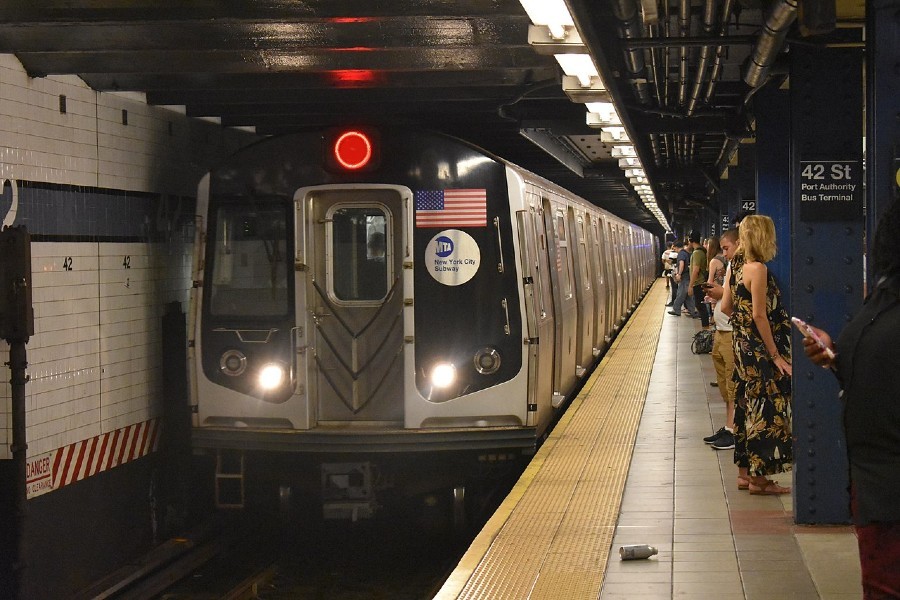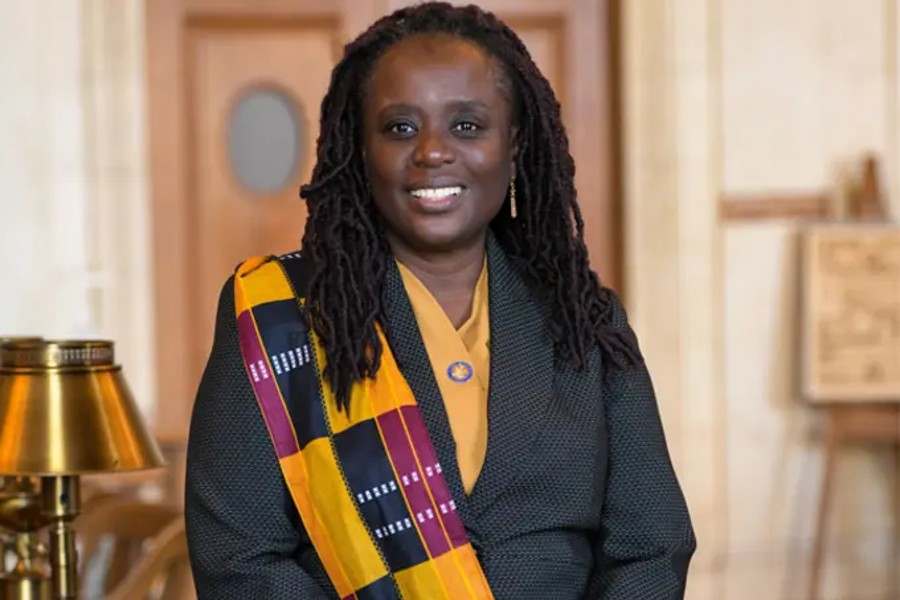 Mayor Bill de Blasio and Schools Chancellor Richard A. Carranza today announced additional preliminary plans for school reopening in September, assuming the city continues to meet all necessary COVID-19 public health thresholds.
Mayor Bill de Blasio and Schools Chancellor Richard A. Carranza today announced additional preliminary plans for school reopening in September, assuming the city continues to meet all necessary COVID-19 public health thresholds.
Driven first and foremost by the health and safety of school communities, schools will be provided with specific models to develop schedules for students that include in-person and remote instruction every week. Personalized schedules will be shared with families in August, and the Department of Education will continue to update families so they can plan for a successful return to school buildings.
“Getting our kids back to school successfully and safely is the single biggest part of restarting our city. Parents have spoken clearly – they want their children back in school buildings to the greatest extent possible. Our approach for the fall maximizes in-person instruction while protecting health and safety of our students and educators,” said Mayor Bill de Blasio.
“As we continue to plan for September, we’re developing plans that prioritize the health and safety of our communities while giving schools the flexibility to maximize in-person instruction, and providing parents with clear and consistent schedules,” said Schools Chancellor Richard A. Carranza. “These are tough decisions with no perfect solutions, and we’ll continue to stay in close contact with schools and families to provide updates and guidance as the pandemic evolves and we move closer to the first day of school.”
“Re-opening our schools will be a complex and difficult process, but we are not going to be careless with our students, their families, and our educators,” said Michael Mulgrew, President of the United Federation of Teachers.
“The first priority of school leaders is always the health, safety and well-being of the communities they lead,” said Mark Cannizzaro, President of the Council of School Supervisors and Administrators. “Though there is still tremendous uncertainty and incredible challenges ahead, we look forward to our continuing collaboration with the Department of Education as we determine when and how school buildings will open.”
Reopening plans will cover four main areas: health and safety, building programming and scheduling, blended learning, and family engagement. This equitable approach balances academic needs with the health and safety of our communities. All students will have an option to be all-remote in the fall.
The City will continue to coordinate closely with the State as these plans develop to ensure a safe reopening.
Health and Safety
School buildings will promote healthy behaviors and environments by requiring physical distancing, face coverings, and increasing access to hand washing and sanitizer. Physical spaces will be configured to ensure appropriate distances, lunch will be held in classrooms or require assigned seating, and each campus will have an identified Isolation Room in the event someone becomes ill.
Each building will be deep cleaned on a nightly basis with electrostatic sprayers which dispense disinfectant so that it adheres to surfaces without the need to physically touch them, and will have improved HVACs for ventilation. Every classroom will have hand sanitizer and disinfectant.
Building Programming and Scheduling
Using guidelines from the Center for Disease Control and Prevention, New York State Department of Health, and New York City Department of Health and Mental Hygiene; data from the Principal Annual Space Survey; enrollment data; and capacity and utilization data, schools are calculating their maximum capacity taking social distancing into account. These calculations account for at least six feet of space around each person in a classroom while ensuring that there remains room for teachers and students to circulate.
The DOE has developed three baseline scheduling models for all schools to use. The models have been created in close collaboration with principals and developed by analyzing system-wide constraints, researching national and international best practices, and surveying families and students. They are meant to support schools in determining how to serve the needs of their students and families in maximizing in-person attendance in line with health and safety guidance, while also providing as much consistency as possible for families. Separately, the DOE is also providing two additional models for schools serving students with disabilities, known as District 75 schools, that meet their unique programming and student needs.
All families will also have an option to pursue an all-remote schedule next fall. The Department of Education will be sending additional information in the coming weeks on how families can voluntarily select this option. Students will not need a medical reason to register for this option. Families who opt for fully-remote learning will be able to review this decision at specified intervals during the school year, and may opt back into in-person learning if they would like to do so. Additional details on these processes will be announced in the coming weeks.
Model One
Taking into account student population and the space available in the building, for schools able to accommodate at least 50% of their student population with physical distancing, students will receive in-person instruction for the same two days every week, as well as every other Monday. This amounts to a total of five days of in-person instruction every two weeks. In this model, there are two in-person student groups and one fully remote student group. Students will participate in remote learning for non-in-person days.
This model is available to elementary, middle, and high schools. For schools able to accommodate at least 50% of their student population with physical distancing, the alternating day model below is the Chancellor’s recommended preference.

Model Two
Taking into account student population and the space available in the building, for schools able to accommodate roughly one-third of their student population, students will receive in-person instruction 1-2 days per week. This amounts to a total of five days in-person every three weeks. To maximize consistency, one day will be the same each week. Students will participate in remote learning for non-in-person days. For schools able to accommodate roughly one-third of their student population with physical distancing, this model is the Chancellor’s preference because it provides one consistent day each week.
This model is available to elementary, middle, and high schools.

Model Three
This model serves the same number of students as Model Two, also providing five days in-person every three weeks but with a different cadence and schedule. Model Three offers an option for a six-day rotation, allowing students to be in-person two days and remote four days in a six-day cycle.
This model is available to middle and high schools.

Based on building capacity and student enrollment, principals will choose from these models, and schools will form cohorts of students to come in-person on designated days. Schools will pick based on capacity and community needs, and wherever possible, students should be programmed for in-person instruction at a greater frequency. If schools need to request adjustments or would like to request different models, they can request to do so via their Superintendent, and that will be subject to thorough review and approval.
To reflect, the unique needs of their student population, District 75 schools will have an additional two model options that may have students in school every other week for five days straight, with a potential for some groups to be in-person full-time dependent on student need.
Blended Learning
With all models, students will be learning five days a week. Blended learning is designed to create seamless transitions in and out of a remote setting, and all curriculum will be adaptable in both learning environments. Schools will emphasize academic continuity for students, and provide additional support on the days students are learning remotely.
As we’ve adapted and strengthened our practices, we have invested in the technology required to provide a quality online academic experience—distributing over 300,000 iPads to students who need them—and we are working with teachers to be more effective online instructors. At the same time, we are working on policies and guidelines to update curriculum to reflect the blended learning online and in-person model, as well as the appropriate social-emotional learning and mental health supports.
Teachers, staff, and students will have the time and support they need to adapt to these necessary changes. Social-emotional learning and trauma-informed care will be integrated throughout the year, and all schools will offer mental health support. We will also continue to offer in-person services to students with disabilities to the greatest extent possible, and provide instruction for multilingual learners in-person and remote in a student’s home language where needed.
Family Engagement
The Mayor and the Chancellor are committed to making sure families know and understand the DOE’s planning for reopening in September and the changing conditions under which we operate. The DOE will host a series of Family & Student Information Sessions to answer any questions or concerns that families may have. The first session will be held on July 16, and additional sessions will be announced in the coming weeks. Principals will also plan and develop their policies in consultation with School Leadership Teams and Superintendents and will share information and plans with their District Leadership Teams and Community Education Councils. Families will be kept up-to-date with clear and consistent communication and can find all the latest information at schools.nyc.gov/returntoschool2020.
Become a Harlem Insider!
By submitting this form, you are consenting to receive marketing emails from: . You can revoke your consent to receive emails at any time by using the SafeUnsubscribe® link, found at the bottom of every email. Emails are serviced by Constant Contact








